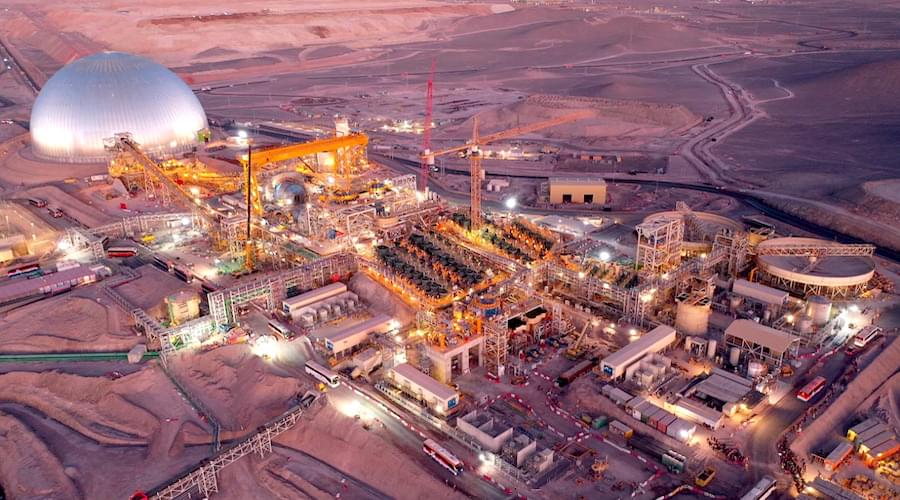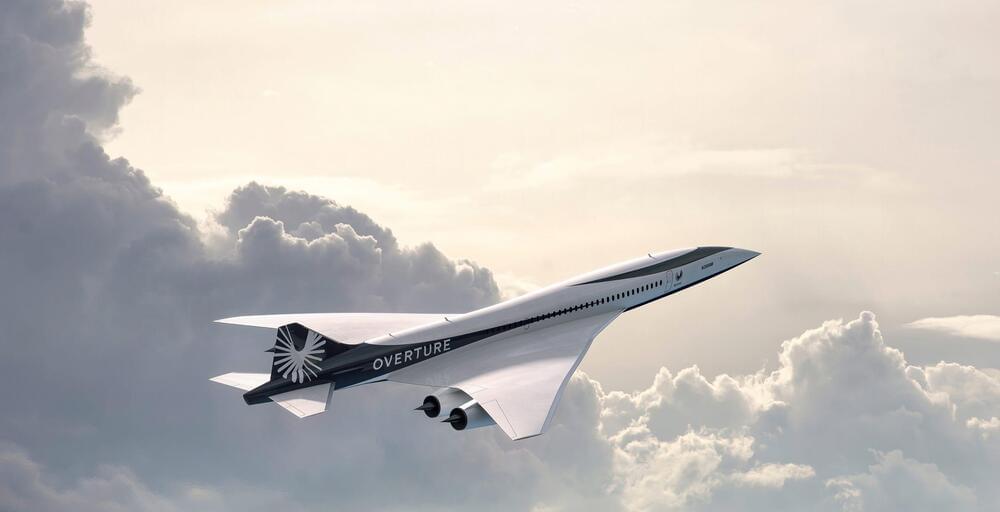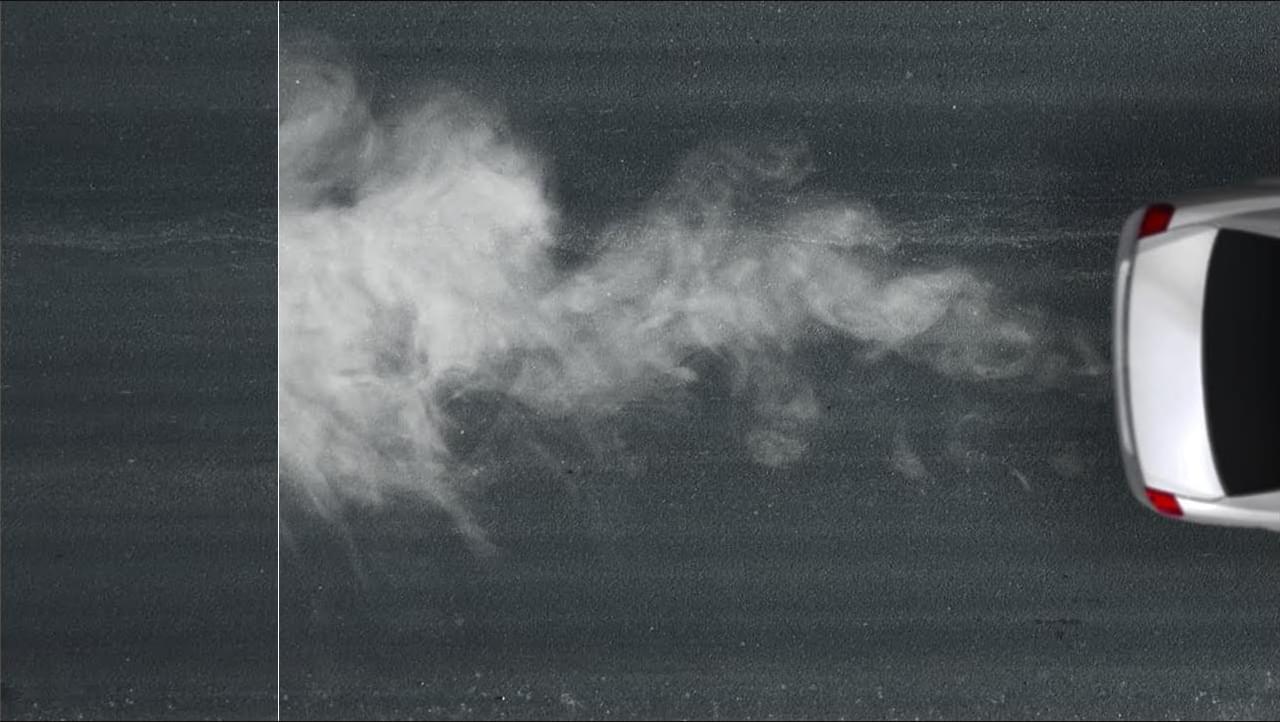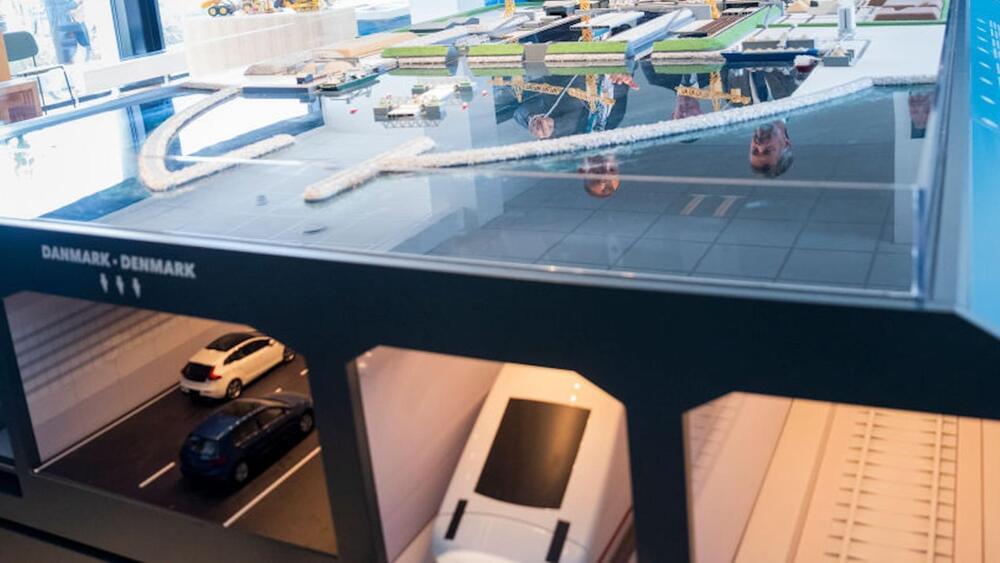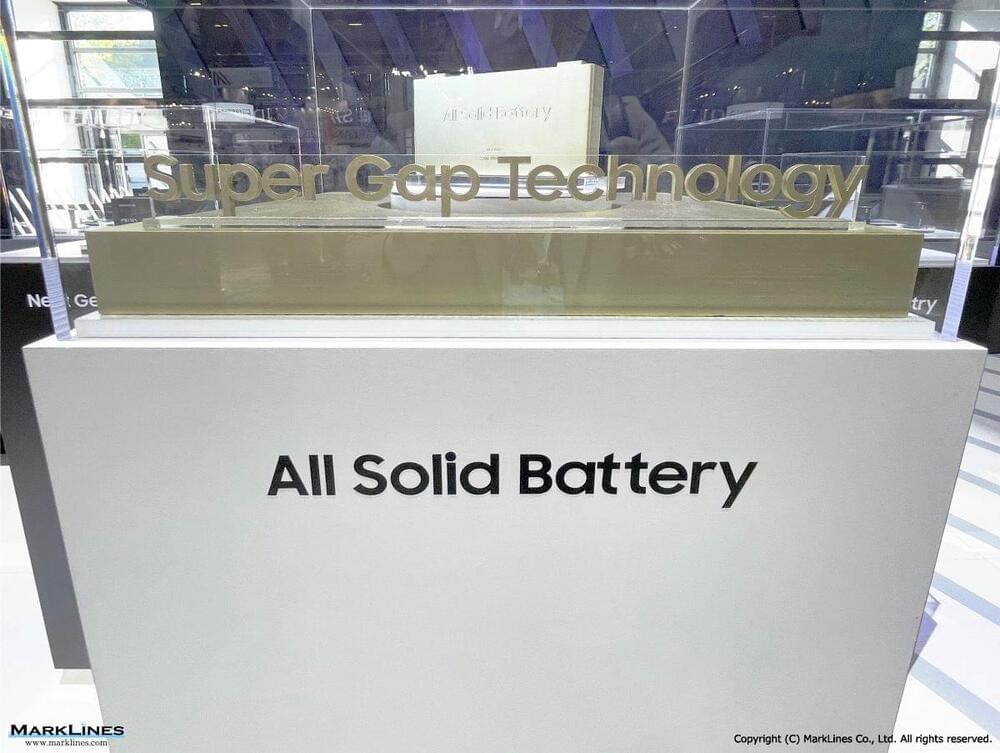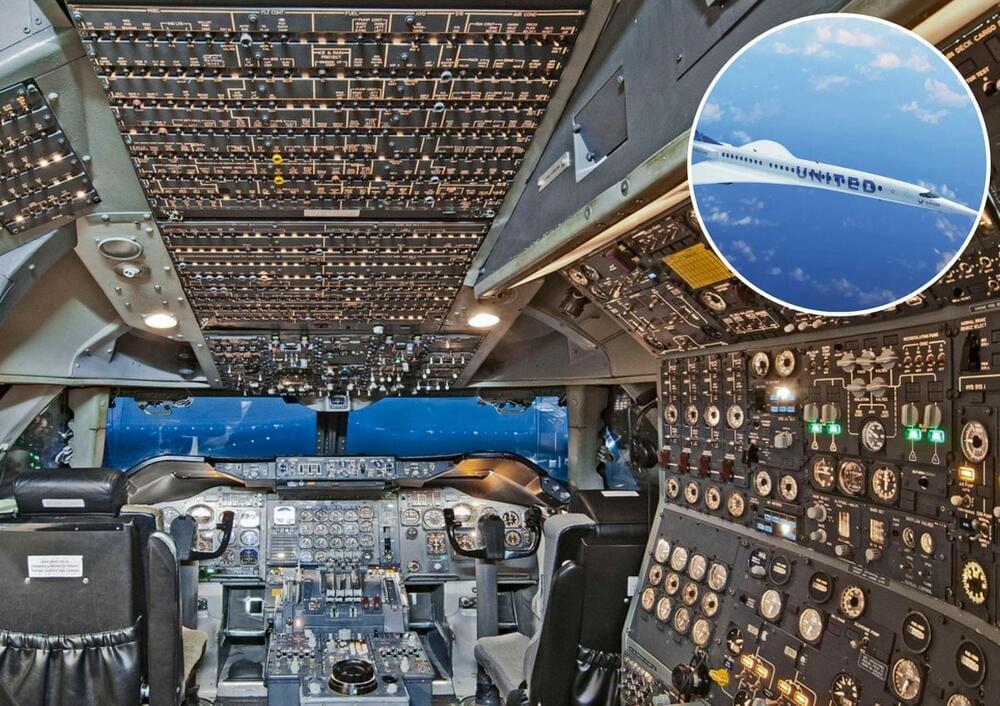
Boom Supersonic has taken another step towards its ambitious goal of reintroducing commercial supersonic air travel by the end of this decade. The Colorado-based company released key updates on Tuesday regarding its flagship Overture aircraft and the Symphony engine that will power the supersonic commercial jet. This comes a month after Boom Supersonic officially inaugurated its state-of-the-art factory located at the Piedmont Triad International Airport in Greensboro, North Carolina. The American company chose the Farnborough International Airshow in the UK to reveal Overture’s cutting-edge flight deck, which is built around technology developed by partner Honeywell.
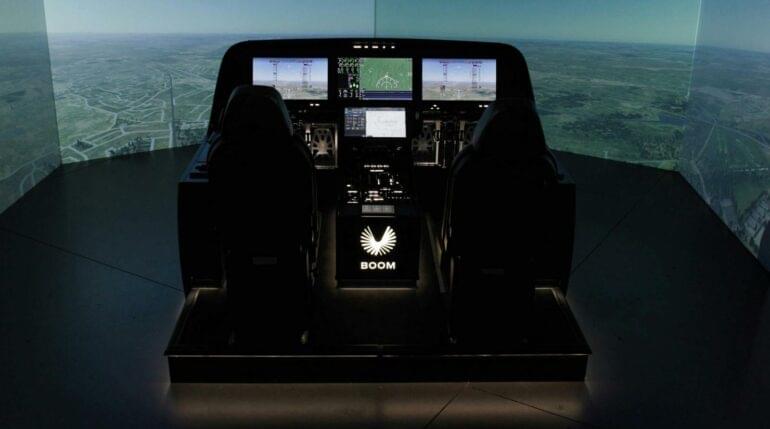 “As we stand here at Farnborough in 2024, it’s now been two decades since either Boeing or Airbus has launched an all-new airliner programme,” said Chief Executive Blake Scholl. “We’re in danger of going a generation without new airliners. We’ve stopped progressing and, in many ways, we’ve gone backwards. It’s never been more clear that passengers and airlines are not well-served by the duopoly we have today.”
“As we stand here at Farnborough in 2024, it’s now been two decades since either Boeing or Airbus has launched an all-new airliner programme,” said Chief Executive Blake Scholl. “We’re in danger of going a generation without new airliners. We’ve stopped progressing and, in many ways, we’ve gone backwards. It’s never been more clear that passengers and airlines are not well-served by the duopoly we have today.”
According to the information revealed by Boom, Overture’s state-of-the-art flight deck runs on Honeywell’s Anthem avionics suite. Electric vertical takeoff and landing (eVTOL) aircraft manufacturers Lilium and Vertical Aerospace have also gone with the same futuristic system. Boom claims Overture would be the commercial jet to feature dual-force feedback sidesticks, which will give a tactile feel to the pilots of how the aircraft is flying. “Overture’s fly-by-wire system sends artificial feel to the stick, giving the pilot a tactile stick and rudder experience,” Scholl added.

